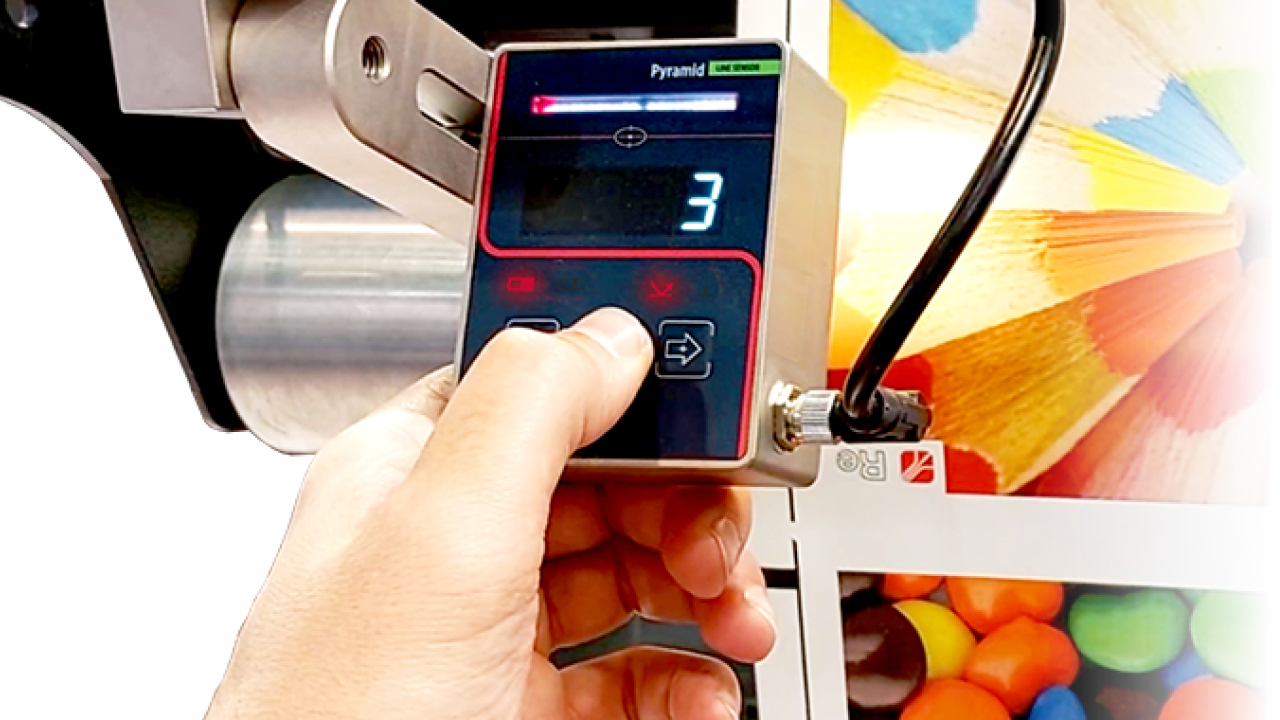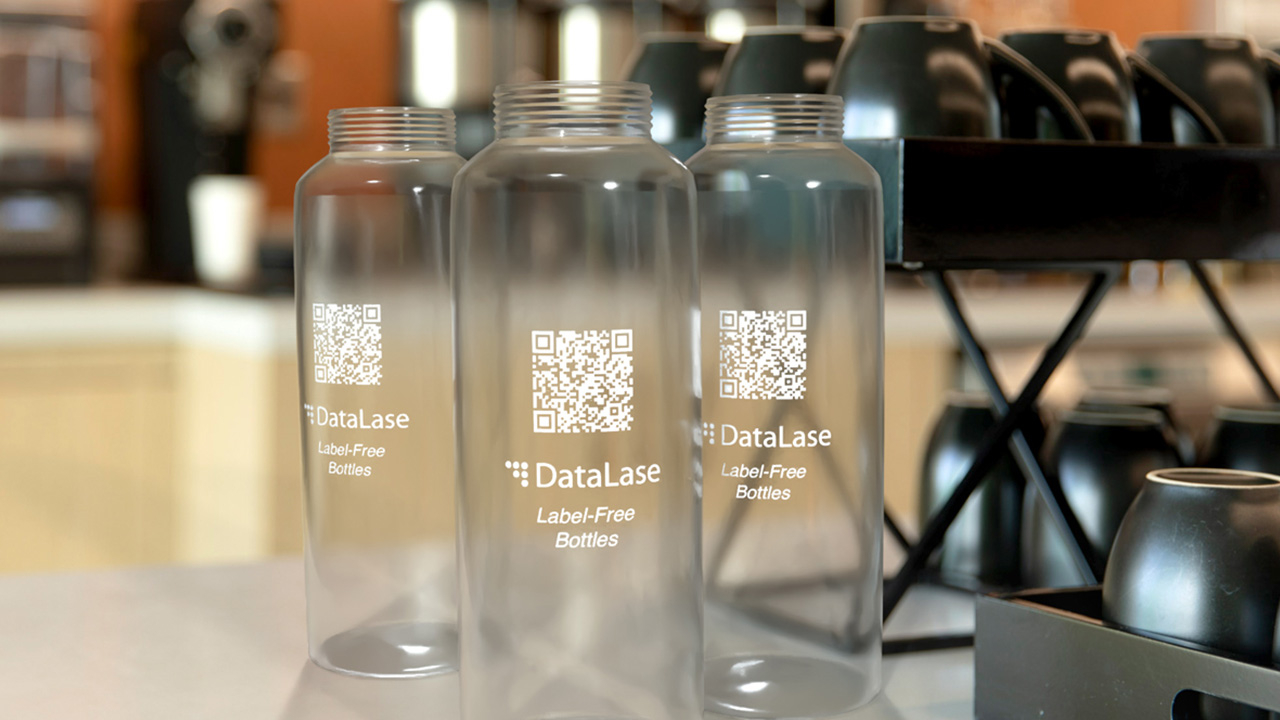Re introduces Pyramid optical sensor
Italian specialist in equipment for converting machinery, Re, has introduced Pyramid, a new optical sensor capable of detecting printed lines, edges or patterns, even at minimal contrast levels and at very high speeds.

According to Re, it is essential to ensure the material remains in the correct position, even at high machine speeds, when processing laminates. The web guiding systems and sensors used to detect the position of the material, must guarantee increasingly short response times, which can only be achieved with latest generation components.
The latest sensor is the result of Re engineering team’s effort to design compact, high performance measuring device that are easy to calibrate and use.
Despite its small size, thanks to a dedicated algorithm, which significantly enhances its calculating capacity and response time, Pyramid can detect any type of contrast variation and with a high degree of reliability.
‘The objective was clear right from the start: we wanted to develop an optical sensor that combined compact size, high performance and ease of use, while also considering issues currently affecting components availability. Our efforts were focused on developing the dedicated algorithm and a rapid set-up procedure,’ commented Antonio Aprigliano, R&D at Re.
The new sensor is designed to be ready for use within a few seconds of being installed and calibrated.
‘We have designed the sensor to guarantee a good degree of tolerance in terms of the distance and inclination of the material. In fact, Pyramid delivers optimum results even if not positioned with absolute precision,’ added Aprigliano.
The calibration procedure, which takes a few seconds to complete, involves a maximum of three steps. The sensor can select the color of the lighting automatically, so as to optimize the contrast condition between the background and the line, edge or pattern to be detected.
Pyramid also features an intuitive four-digit display and a LED-bar, which may be used to indicate certain sensor parameters and the position of the detected pattern. It has been designed to guarantee continuity of supply over the coming months and years, which is especially important when component availability represent issues potentially serious for many companies.
‘We set out to design a sensor using components that are available on the market and we currently hold all the material necessary to satisfy the demand for Pyramid sensors over the next few years in our warehouses. The test and trials conducted on the selected components have also enabled us to exceed the initial design specifications, guaranteeing extremely high-performance levels, which just goes to show that every problem represents an opportunity,’ concluded Aprigliano.
After extensive field-testing, the Pyramid optical sensor was presented at the K 2022 trade fair in Düsseldorf, Germany, and is now available commercially.
Stay up to date
Subscribe to the free Label News newsletter and receive the latest content every week. We'll never share your email address.

